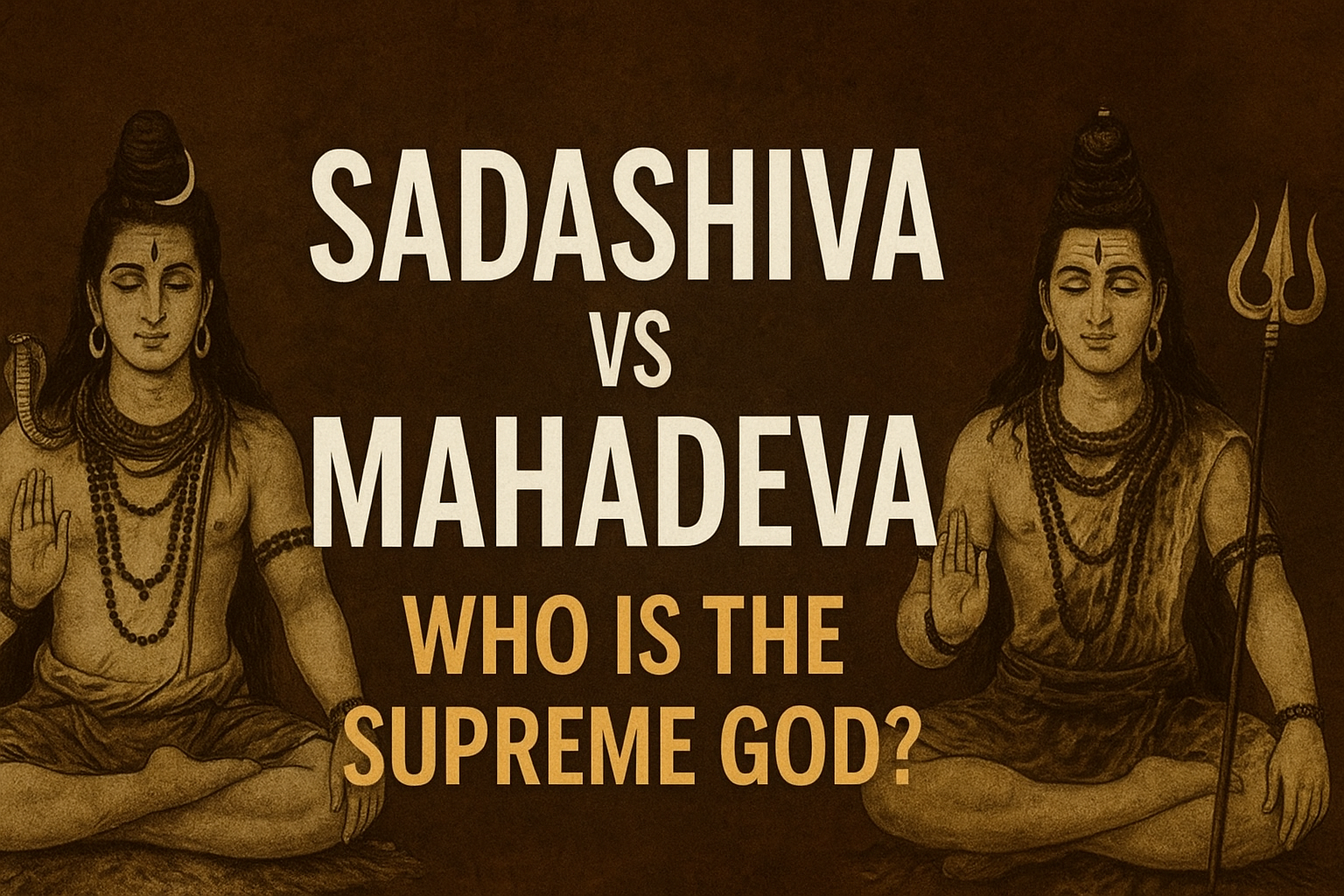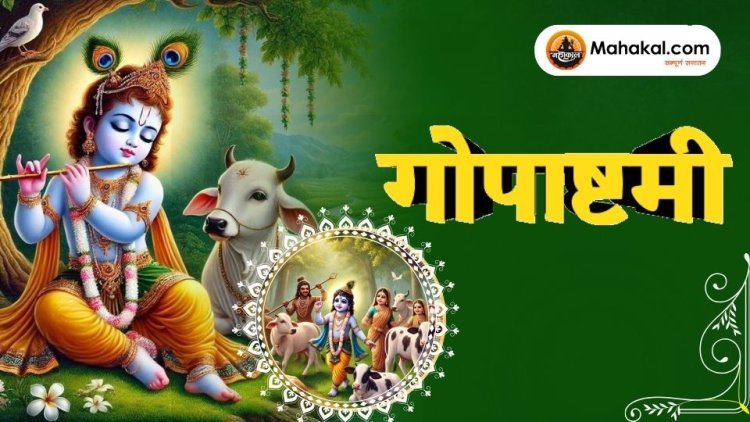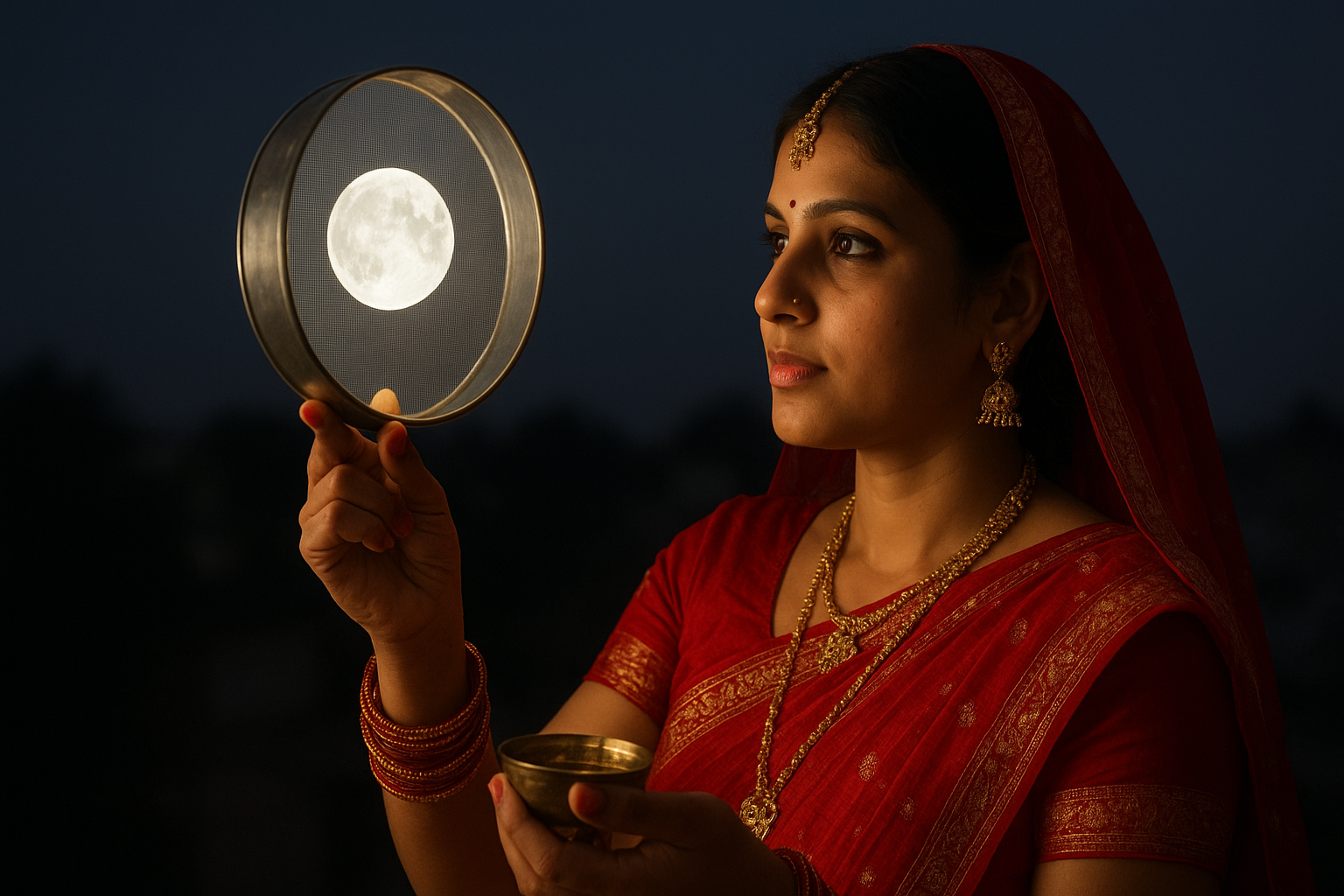Sadashiva vs Mahadeva
In the vast spiritual tradition of Sanatan Dharma, Lord Shiva stands as one of the most profound and mysterious deities. He is worshipped across India and the world in countless forms, each revealing a different dimension of his cosmic role. Among these forms, two of the most significant are Sadashiva and Mahadeva.
Devotees and scholars often ask: Who is supreme—Sadashiva or Mahadeva? To answer this question, one must dive deep into the scriptures, philosophy, and symbolic meanings behind these two aspects of Shiva. While Sadashiva is understood as the eternal, formless principle, Mahadeva is revered as the great god in manifest form. Both represent supreme truth, but from different spiritual perspectives.
This article explores the origins, meanings, and significance of Sadashiva and Mahadeva, and explains how Hindu philosophy unites them as two faces of the same infinite reality.
Who is Sadashiva?
Meaning of Sadashiva
The word “Sadashiva” is made up of two Sanskrit terms:
- Sada means eternal or always.
- Shiva means auspicious, pure, and blissful.
Thus, Sadashiva means the eternally auspicious one, the aspect of Shiva that is beyond time, space, and form.
Sadashiva in the Scriptures
The concept of Sadashiva is found in the Shiva Purana, Linga Purana, and various Tantric texts. According to these scriptures, Sadashiva existed before creation, beyond dualities, and beyond the cycle of birth and death. He is the unmanifest, absolute truth from which the universe emerges and into which it dissolves.
In Tantra and Shaiva Agamas, Sadashiva is described as the union of Shiva (consciousness) and Shakti (energy), representing the stillness of pure being that transcends the material world.
Attributes of Sadashiva
Sadashiva is formless, transcendental, and eternal. He cannot be confined to temples or rituals because he represents the ultimate reality itself—that which yogis seek through meditation. He is described as the embodiment of Sat-Chit-Ananda (existence, consciousness, bliss).
Who is Mahadeva?
Meaning of Mahadeva
The word “Mahadeva” combines:
- Maha means great.
- Deva means god.
Thus, Mahadeva means The Great God, the supreme among all deities.
Mahadeva in the Scriptures
The earliest references to Mahadeva appear in the Vedas, where Rudra—an early form of Shiva—is often praised as the mighty god of destruction and healing. Over time, Rudra came to be identified with Shiva, who was then worshipped as Mahadeva in the epics and Puranas.
In the Mahabharata, Arjuna performs penance to please Mahadeva, who blesses him with the Pashupatastra. In the Shiva Purana and Skanda Purana, Mahadeva is celebrated as the lord of Kailash, the destroyer of Tripurasura, the consort of Parvati, and the compassionate deity who listens to devotees’ prayers.
Attributes of Mahadeva
Mahadeva is the manifest form of Shiva, accessible to devotees through temples, rituals, and festivals. He is worshipped in countless forms:
- As Nataraja, the cosmic dancer.
- As Ardhanarishvara, symbolizing the union of male and female energies.
- As Bholenath, the simple and compassionate lord.
- As Rudra, the fierce destroyer of evil.
Unlike Sadashiva, who is formless and abstract, Mahadeva takes form so that devotees can connect with him through bhakti (devotion), puja (worship), and mantra (chanting).
Sadashiva vs Mahadeva: The Philosophical Difference
While Sadashiva and Mahadeva are ultimately one, their roles in philosophy and devotion are understood differently.
Sadashiva is the absolute, eternal truth—beyond birth, death, time, and space. He represents pure consciousness, untouched by the play of creation. He cannot be seen with physical eyes or worshipped with physical rituals, because he is formless and infinite. For spiritual seekers on the path of meditation and knowledge (jnana marga), Sadashiva is the ultimate goal.
Mahadeva, on the other hand, is the personal, manifest form of Shiva, who engages in creation, preservation, and destruction. He is the deity who interacts with devotees, granting boons, destroying evil, and showing compassion. For devotees on the path of devotion (bhakti marga), Mahadeva is the supreme lord who is worshipped in temples and rituals.
In simple terms, Sadashiva is the ocean of absolute existence, while Mahadeva is the wave that rises from it to become visible and approachable.
Interpretations in Different Philosophical Traditions
In Advaita Vedanta
Sadashiva is equated with Brahman, the ultimate reality beyond attributes. Mahadeva is seen as a personal form of Brahman for the sake of devotion. Both are not different, but two ways of relating to the same truth.
In Kashmir Shaivism
Sadashiva represents the state where the awareness of “I am” exists without duality. Mahadeva represents Shiva interacting with Shakti, manifesting the universe while remaining rooted in consciousness.
In Tantra
Sadashiva is the highest principle, the stillness of consciousness. Mahadeva is the form taken for worship and rituals, embodying the same essence in ways accessible to devotees.
In the Puranas
Mahadeva is described in stories, myths, and legends—destroying demons, blessing devotees, and playing a role in cosmic events. Sadashiva, however, is rarely personified in myths; he is understood more as the supreme reality underlying all creation.
Who is Supreme: Sadashiva or Mahadeva?
When asked “Who is supreme?” the answer depends on the perspective:
- From the philosophical perspective, Sadashiva is supreme because he is the eternal, unchanging reality that transcends creation.
- From the devotional perspective, Mahadeva is supreme because he is the lord who answers prayers, destroys evil, and grants liberation.
- From the non-dual perspective, there is no difference—Mahadeva is Sadashiva in form, and Sadashiva is Mahadeva without form.
Thus, the two are not in opposition but in harmony. One is the silent, infinite truth; the other is that truth made accessible through form and worship.
Spiritual Symbolism
Sadashiva and Mahadeva together symbolize that the divine is both transcendent and immanent. God exists beyond the universe (Sadashiva), yet also resides within the universe as a personal deity (Mahadeva).This teaches seekers that spirituality requires both knowledge and devotion—meditating on the formless truth while also offering love and worship to the personal god.
Lessons for Devotees
- Unity of Paths – Whether one follows meditation or devotion, the goal is the same realization of Shiva.
- Detachment and Compassion – Sadashiva teaches detachment from the material world, while Mahadeva teaches compassion and protection.
- Transcendence and Accessibility – The divine is beyond all limitations, yet comes close to devotees through rituals and festivals.
- Balance in Life – Sadashiva reminds seekers of the eternal truth, while Mahadeva inspires them to live with righteousness in the world.
Modern Relevance
In today’s world, the distinction between Sadashiva and Mahadeva provides balance for spiritual seekers. Those drawn to philosophy and meditation find inspiration in Sadashiva, while those rooted in devotion find solace in Mahadeva. Together, they remind humanity that God is both beyond reach and within reach, both infinite and intimate.
Conclusion
So, when we ask, “Who is the supreme God—Sadashiva or Mahadeva?” the answer is clear: both are supreme, but in different ways. Sadashiva is the formless, eternal reality—the source of everything. Mahadeva is that same reality manifesting in form, guiding and blessing devotees.Ultimately, Sadashiva and Mahadeva are not two separate beings but two ways of experiencing the same infinite Shiva. The devotee who worships Mahadeva with love is led to the realization of Sadashiva, and the seeker who meditates on Sadashiva recognizes Mahadeva in every form of creation.In this way, Hinduism beautifully unites philosophy and devotion, showing that the Supreme God is one, expressed as both Sadashiva and Mahadeva.












Leave a Reply